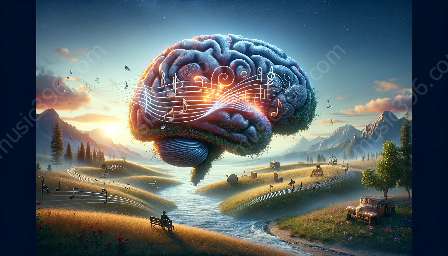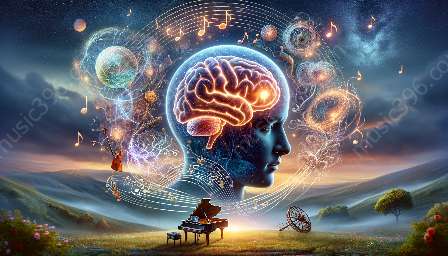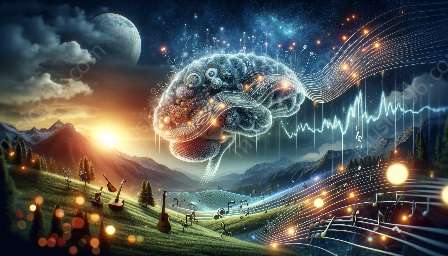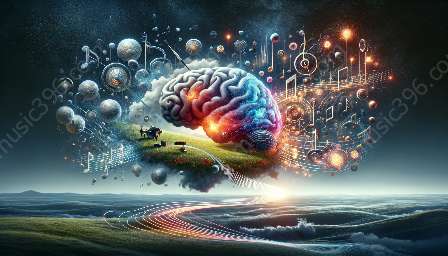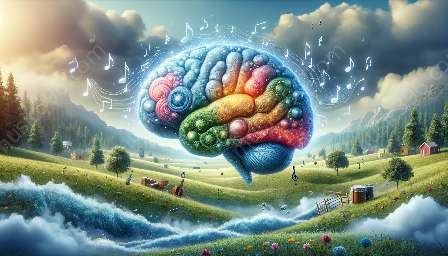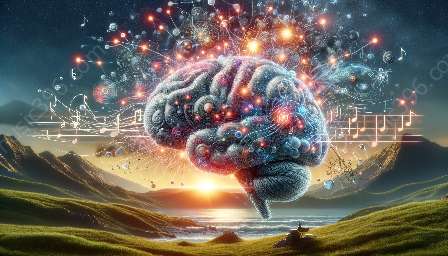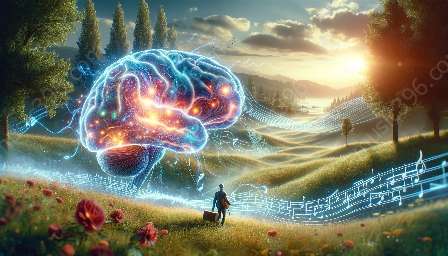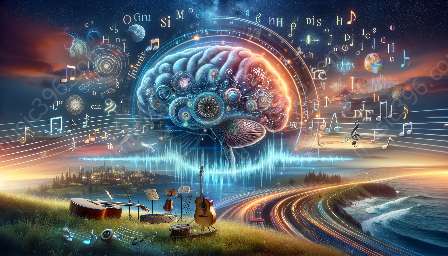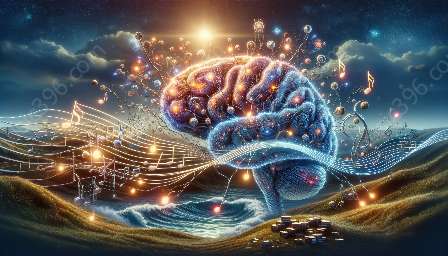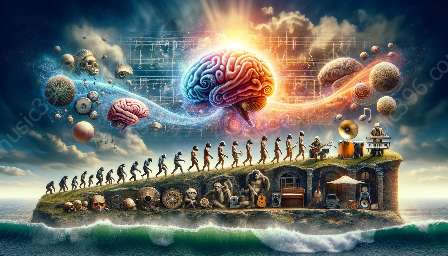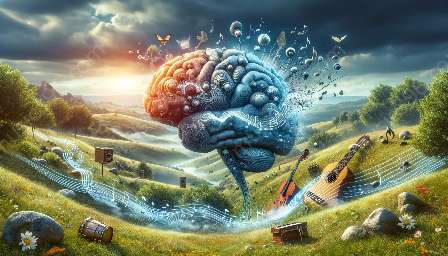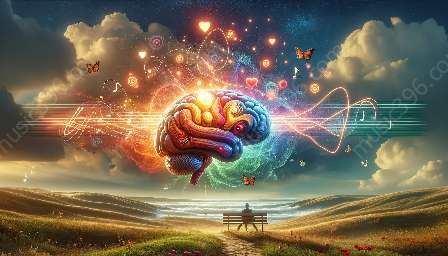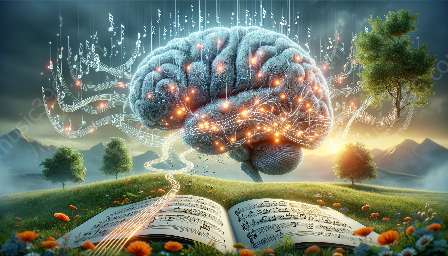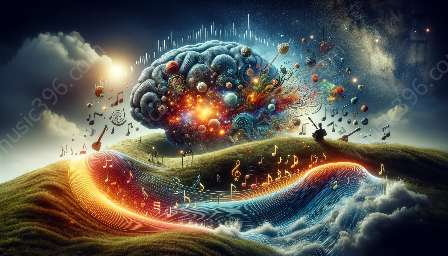Music has long been regarded as a complex and engaging art form that can elicit powerful emotional responses in listeners. However, the process by which the brain anticipates and processes musical events in real-time is a fascinating area of study that intersects with both musical perception and neural circuitry.
Musical Perception and Its Neural Circuitry
Musical perception involves the brain's ability to interpret, appreciate, and respond to musical stimuli. The neural circuitry underlying musical perception is a sophisticated constellation of brain regions and networks that work together to process various elements of music, such as pitch, rhythm, melody, and timbre.
Studies have shown that the auditory cortex, located in the temporal lobe, plays a central role in processing the basic elements of music, including pitch and timbre. Additionally, the motor areas of the brain are engaged during the perception of rhythm and tempo, reflecting the strong connection between music and movement.
Furthermore, emotional responses to music are mediated by the limbic system, which includes structures such as the amygdala and the hippocampus. These brain regions contribute to the experience of musical pleasure, arousal, and emotional engagement.
Real-time Anticipation of Musical Events
The brain's ability to anticipate musical events in real-time is a remarkable feat that underscores the dynamic nature of musical perception. A key mechanism involved in this process is the phenomenon of predictive processing, wherein the brain generates expectations about future musical events based on prior exposure and knowledge of musical syntax and structure.
Neuroimaging studies using techniques such as functional magnetic resonance imaging (fMRI) and electroencephalography (EEG) have provided valuable insights into the neural mechanisms underlying the real-time anticipation of musical events. These studies have demonstrated that areas of the brain involved in cognitive prediction, such as the prefrontal cortex and the superior temporal gyrus, are activated during the anticipation of upcoming musical elements.
Moreover, the interplay between top-down predictions and bottom-up sensory input shapes the brain's real-time processing of musical information. This intricate balance between prior expectations and incoming sensory signals allows the brain to seamlessly anticipate and integrate musical events as they unfold.
Music and the Brain
The relationship between music and the brain is multifaceted, encompassing cognitive, emotional, and physiological dimensions. Research has shown that engaging with music can lead to neuroplastic changes in the brain, influencing areas involved in auditory processing, memory, and emotion regulation.
Furthermore, the therapeutic potential of music in various clinical settings highlights its profound impact on brain function and well-being. Music therapy has been utilized to address conditions such as depression, anxiety, and cognitive impairment, harnessing the brain's capacity to respond to musical stimuli and foster healing and rehabilitation.
Exploring the real-time anticipation of musical events in the brain offers valuable insights into the intricate interplay between music, neural processes, and human perception. By delving into the neural circuitry that underlies musical anticipation and examining its compatibility with musical perception, researchers can deepen their understanding of the profound and captivating connection between music and the brain.



